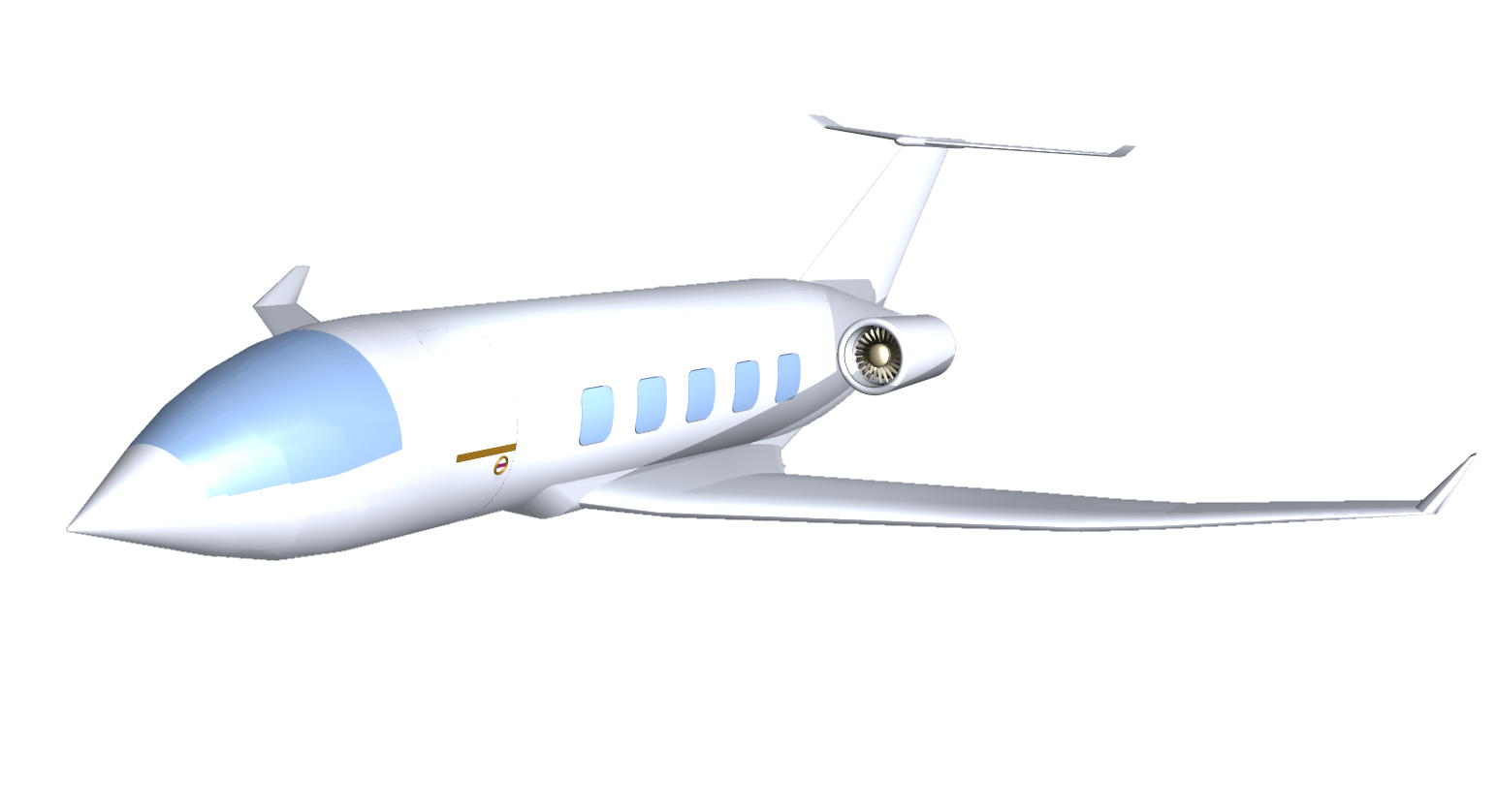Woodford Aerodrome
WOODFORD AERODROME, An Opportunity Lost
It was in 2009 that Michael Bond tried to save Woodford Aerodrome in Cheshire from closure and begin a new revolution in the British aerospace industry. The aerodrome was under threat from the lack of government contracts after the eventual end of the RAF Nimrod upgrade programme. In the meantime, with the far-away military crisis in Afghanistan continuing Michael had an idea – let’s try to save Woodford and create a new centre of excellence in the British aerospace industry, let’s create a new generation of civil and military aircraft.
Woodford, on the outskirts of Michael’s home town of Stockport, had a long history of activity in the British aerospace but was no longer the state-of-the-art factory the modern world needed, nor was it really large enough for the scale of modern production needed to remain competitive in the new age. However Michael saw the opportunity of it becoming an advanced projects research centre for new and novel innovative designs. But how could it be relaunched and where would you begin?
Nimrods
Michael’s first answer to this challenge was to take advantage of all the expertise in Woodford for the creation of a new generation Nimrod as a civil execuliner. An executive business airliner, a large corporate jet for the blooming generation of super-rich clients around the world and a way to take advantage of the unique history of the Nimrod: it was born out of the first jetliner in the world.
The Nimrod was built on the original DeHavilland Comet airliner, the world’s first jet airliner and an example of Britain’s early lead in the modern aerospace age.
Imagine, Michael thought, being the owner of a classic designed, British built high quality personal business jet that could trace its ancestry back to the first days of the Jet Age, when Britain really did rule the air. And imagine up-dating the core technology to incorporate state-of-the-art composite structures, new engine technologies and more.
The Civilian Nimrod

This could be the beginning of a new civil aerospace sector for the growth of British science and technology. This would just be the beginning, building on existing expertise and experience to take the first step into the modern aerospace market.
Michael drew up other plans for Woodford and the British aerospace industry, discussing them with the many small businesses that provided components and services to the strong technology sector in the North West. Beyond Nimrod there were opportunities to explore the more conventional small business jet market.

A small(ish) but wide-bodied business jet, the Baby Jumbo, or Minrod, would be a sleek new addition to the market, its deceptively large body giving it the spacious interior comfort for long range endurance flights for a handful of pampered executives.
Afghanistan and the British Army
All of this was prompted by the concerns expressed in public in 2009 about the lack of effective helicopter support for the British Army in Afghanistan. As a viable aerospace factory Woodford offered the opportunity to develop and deliver an new kind of advanced technology rotary airlifter to provide the British Army with something more up-to-date than the antique Chinook helicopters they were burdened with. Faster, more powerfully-armed and cost-effective, the new design would give the British Army, and those RAF boys and girls, the modern effectiveness they deserved in their work.
Nothing
And then nothing. Discussions with local MPs drew a blank. The local town council, Stockport, saw Woodford as just a piece of land to carve up for affordable housing and many local aerospace businesses were already looking overseas for their futures. BAE Systems weren’t able to help as their corporate focus was 100% committed to becoming the world’s leading defence contractor and the civil aerospace sector played no role in their future.
Finally the new government came into power and cancelled the Nimrod upgrade programme at the time of deep economic recession in 2010. Tragically the Nimrods were dragged behind the sheds, smashed to ruins and shredded, and the land sold off for property development.
Thus Michael had to step away, for now.
The designs remain, the opportunity remains, the future remains open.